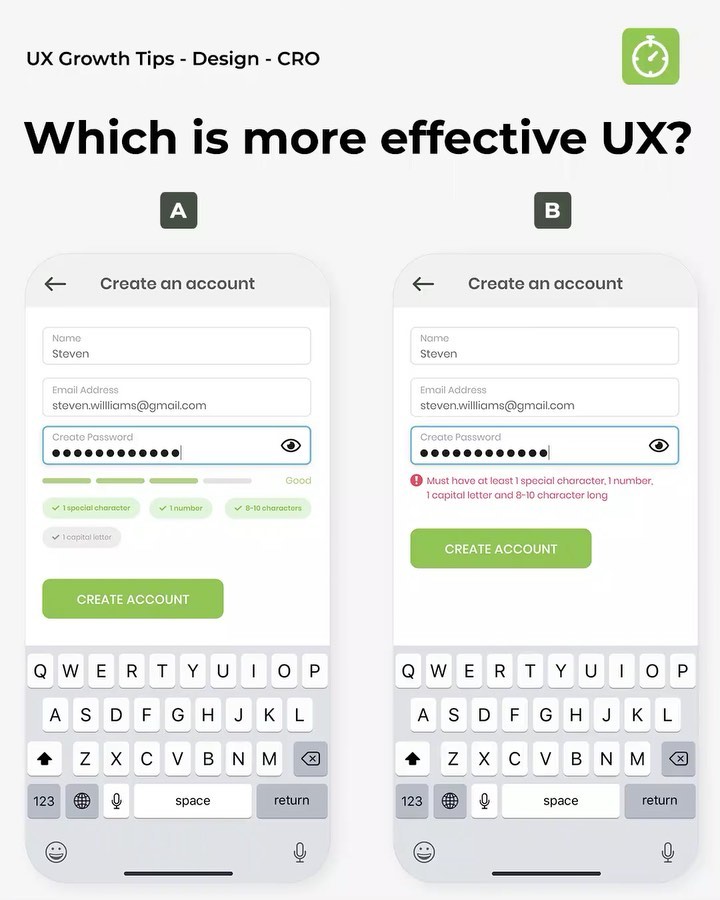The Return on Investment of UX Activities: Key to Business Success
Understanding the importance of ROI in UX activities is crucial for introducing user experience successfully. Measuring and presenting ROI data is key for demonstrating the business benefits of a positive user experience to decision-makers. Achieving ROI in UX investments requires leveraging insights for continuous improvement and long-term business sustainability.
Understanding the Importance of ROI in UX Activities
When it comes to UX activities, understanding the Return on Investment (ROI) is key to evaluating the impact on a business. Defining the ROI and its significance to User Experience is crucial for businesses to make informed decisions and investments in design improvements.
Defining ROI and its Relevance to User Experience
ROI in the context of User Experience refers to the financial return obtained from investing in enhancing the user interaction with products or services. It involves assessing the effectiveness of resources allocated to improve the overall user experience and determining if these investments yield positive financial outcomes for the business.
Impact of ROI on Business Decision Making
- By measuring the ROI of UX activities, businesses can gauge the direct impact of user-centric design on financial success.
- Understanding the ROI of UX influences decision-makers to prioritize investments that contribute to a positive user experience, ultimately leading to increased business profitability.
Measuring the ROI of UX Activities
Measuring the ROI of UX activities is essential for understanding the financial impact of investing in user experience enhancements. By assessing key metrics and calculating the financial return on UX investments, businesses can make informed decisions to prioritize UX improvements.
Key Metrics for Measuring ROI in UX
- Conversion Rates
- Customer Acquisition Costs
- User Satisfaction Scores
Calculating the Financial Return on UX Investments
Calculating the ROI in UX involves analyzing the costs and benefits of UX improvements to determine the overall financial impact. The formula for calculating ROI in UX takes into account the initial investment, gains from improved user experience, and additional factors influencing financial outcomes.
The Formula for Calculating ROI in UX
The formula for calculating ROI in UX is based on the equation: (Gain from Investment - Cost of Investment) / Cost of Investment.
Factors to Consider in ROI Calculation
- Cost of UX Activities
- Revenue Increases from Enhanced UX
- User Lifetime Value
The Financial Benefits of a Positive User Experience
Cost Reductions and Savings Through UX Improvements
Enhancing user experience can lead to cost reductions and savings for businesses by streamlining processes, reducing errors, and improving overall efficiency. By investing in UX improvements, companies can optimize operations, ultimately saving money in the long run.
Revenue Generation and Increased Customer Satisfaction
Improving user experience not only enhances customer satisfaction but also has a direct impact on revenue generation. With a user-friendly design, businesses can increase conversion rates and boost sales. Additionally, satisfied customers are more likely to return, leading to repeat business and increased loyalty.
Conversion Rates and Sales Boost from Enhanced UX
Optimizing the user experience can result in increased conversion rates, as customers are more likely to complete transactions when navigation is intuitive and seamless. A positive UX can also lead to a boost in sales, as customers are more inclined to make purchases when they have a positive interaction with a product or service.
Customer Retention and Loyalty Impact
A positive user experience contributes to higher levels of customer retention and loyalty. When users have a seamless and enjoyable experience with a product or service, they are more likely to remain loyal to the brand. This can result in repeat business, referrals, and long-term customer relationships.
Demonstrating the Value of UX for Business Success
Creating a Strong Business Case for UX Investments
When it comes to demonstrating the value of UX for business success, creating a strong business case for UX investments is essential. This involves showcasing the potential return on investment and aligning UX goals with broader business objectives. By emphasizing the importance of user experience in driving customer satisfaction and loyalty, businesses can make a compelling case for allocating resources towards UX improvements.
Presenting Measured ROI Data to Stakeholders for Buy-in and Support
Another key aspect of demonstrating the value of UX for business success is presenting measured ROI data to stakeholders for buy-in and support. By quantifying the financial benefits of UX enhancements, such as increased conversion rates and customer retention, businesses can show decision-makers the tangible impact of investing in user experience. This data-driven approach helps build consensus and secure the necessary backing for ongoing UX initiatives.
Leveraging ROI Insights for Continuous UX Improvement
Using ROI Data to Drive UX Design and Development Decisions
Utilizing ROI data to inform UX design and development decisions is crucial for ensuring that resources are allocated effectively and investments yield the desired outcomes. By analyzing the financial impact of UX activities, companies can prioritize initiatives that are most likely to generate positive returns and drive business success.
Monitoring ROI Trends for Long-Term Business Sustainability
Continuously monitoring ROI trends is essential for ensuring the long-term sustainability of UX investments. By tracking changes in ROI over time, organizations can identify patterns, assess the effectiveness of UX strategies, and make informed decisions about future investments. This proactive approach to monitoring ROI trends enables businesses to adapt and evolve their UX initiatives in response to changing market conditions and user preferences.
Adapting UX Strategies Based on ROI Findings
Based on the findings from ROI analysis, companies can adapt their UX strategies to optimize performance and maximize returns. This may involve reallocating resources, fine-tuning design elements, or implementing new technologies to enhance the user experience. By leveraging ROI insights, organizations can drive continuous improvement in UX practices and deliver lasting value to their customers.



